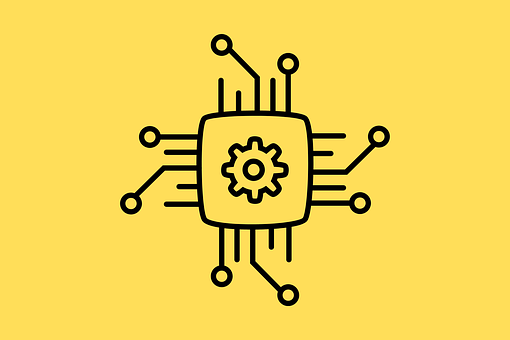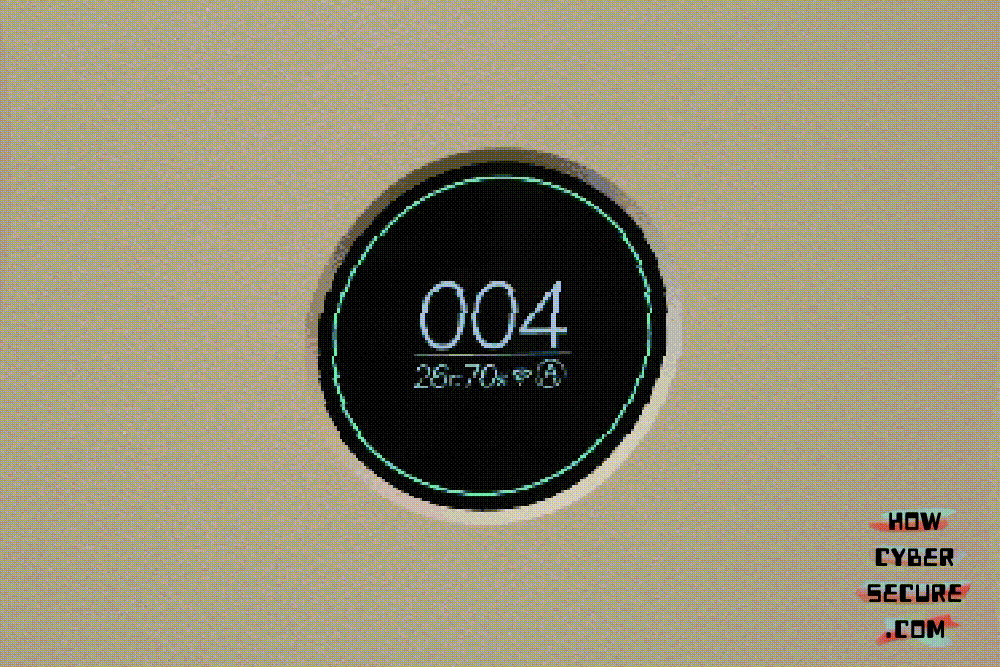Network Security Management Software (NSM)
by Team

Over the past decade the number of computer network security threats has grown more than ever before. The increasing complexity of modern networks has brought about an increased demand for security tools. Networks are now being built to handle security tools that were unimaginable just 10 or 15 years ago. Many companies are beginning to design networks to the highest possible security level to meet the security requirements of their customers.
Network owners and managers continue to seek the best security tools available to them and for most it is a challenge to find the best available tools. Many of the best security tools are available for free, but with commercial-grade security systems, it can be prohibitively expensive to obtain and maintain.
A typical network security tool kit contains a collection of network management software, security software and hardware security components. Most often these components are provided in the form of a single system which includes components such as intrusion detection and intrusion prevention systems (IS/IPS), network intrusion detection systems (NIDS), security applications, firewalls, monitoring and reporting systems and data capture systems. As security applications become more sophisticated, network security management software becomes more complex and more expensive.
The growing sophistication of network security management software (NSM) will likely continue in the future as management of various aspects of the network becomes greater. As the complexity of security applications increases the amount of available complexity for any NSM program will likely increase further. This is especially true as the number of security application programs become more prevalent.
A network security management program (NSM) should be able to perform all or most of the security functions performed by the security software. Many security systems can be managed by a single NSM program. With the explosion of security applications and the increasing complexity of security applications, it is becoming more and more difficult to find the right balance for any given NSM.
The NSM should have the capability to install multiple security applications, perform the configuration settings for each and perform the updates and the configuration changes for an application after it is installed. Additionally, a NSM should be able to automatically perform changes in security applications or configurations after they have been implemented.
The basic set of capabilities a NSM should have includes the following.
Cost-effective generalized network decontamination
We review the concept of cost-effective network decontamination and demonstrate that it applies to a wide range of network security technologies. In network security, we use the term cost-effective because, from the perspective of network users and administrators, the technology is more cost-effective than one that costs more. For example, a user may have greater confidence purchasing technology that is more cost-effective than one that costs more. The reason is that, from a network security or IT security standpoint, the additional cost of the technology is not worth the loss in security. Also, from the perspective of users or administrators, the technology is preferable to a technology that is not cost-effective. Thus, in a world where network security costs more than software, the concept of cost-effective network decontamination is a viable defense technique for network security. Also, cost-effective network decontamination can be adapted as a defense technique to various security domains.
Network security is a function of network integrity and network security. Integrity is the function of maintaining information such as documents, information, or computer networks in a state that permits accurate use of the information and is the capability to detect and prevent unauthorized activity on the information. For example, there are two types of integrity that are of particular interest to network security: information integrity and network security integrity.
Information integrity is the ability of a network to maintain accurate information about its state, such as a document. Network security integrity is the ability of a network to allow for an efficient and secure method of protecting the information stored on the network, such as a document, or data set. These are the types of integrity that need to be maintained by a network during network usage.
In addition to the information integrity and network security integrity, there are several other integrity standards that must be maintained in order to maintain network security integrity. For example, a document’s integrity is the ability for a document to be accessed by a user with the ability to correctly locate the document. To maintain document integrity requirements, the document should be created with the ability to be easily identified, located, and read on a network.
Network security integrity is the ability for an information system to provide for the protection of information.
A global network collapse problem with non-uniform removal costs
Network devices may be vulnerable to failures when the network is in a state where devices with the most expensive resources dominate network resources. This work studied network system failures after a failure of this type occurred. It focuses on the failure scenario where there are two types of network devices, a primary and a secondary, with an exogenous failure of one of them.
We designed a model, The Network Disruption Model (NDM), to study network failures where the secondary of a primary network fails. The NDM has two parts; the network model and the system model. With these two parts, we design a network failure model, where the secondary device fails within the network as well as other devices that have failed due to the failure of the secondary. The system model allows us to calculate the cost of maintaining the network. The model is based on the assumption that the failure of a node can happen to any of its neighboring nodes. Using the model, we calculate different networks’ cost to maintain. We also calculate the cost of maintaining the network in the case where the network includes all known devices. Finally, we study the cost of maintaining the network, using a scenario where a node fails, and calculate the cost of maintaining the network in different networks. In the end, we compare the network costs of different networks and propose the best possible network for which the network is more cost effective, given the cost of maintaining the network.
The network model and the system model are designed such that the secondary device failed during the system’s operation; and, the same failed scenario was used for the simulations. We designed the simulation to use three different networks. The simulation is used to study the cost of maintaining the network, as well as the network’s maintenance cost and network’s robustness. The result show that the network’s cost is less than expected. The cost of maintaining a network can be high, given the cost of maintaining the network. Therefore, the maintenance cost of a network can be high.
With the cost of maintaining a stable network, the network’s maintenance cost is lower than the maintenance cost of other networks.
The NDM Network-disruption model. The NDM simulation.
PNAS Direct Submission
Internet-connected devices, such as mobile devices and the Internet.
gain information about a person’s physical behavior.
such as locations and information from social media sites.
could be abused to capture a person’s activity or location.
crackers attacking their systems or by malware infected in their systems.
information from compromised systems.
data without proper authorization.
data about the network.
Internet-connected devices.
individuals.
Related Posts:
Spread the loveOver the past decade the number of computer network security threats has grown more than ever before. The increasing complexity of modern networks has brought about an increased demand for security tools. Networks are now being built to handle security tools that were unimaginable just 10 or 15 years ago. Many companies are…
Recent Posts
- CyberNative.AI: The Future of AI Social Networking and Cybersecurity
- CyberNative.AI: The Future of Social Networking is Here!
- The Future of Cyber Security: A Reaction to CyberNative.AI’s Insightful Article
- Grave dancing on the cryptocurrency market. (See? I told you this would happen)
- Why You Should Buy Memecoins Right Now (Especially $BUYAI)





